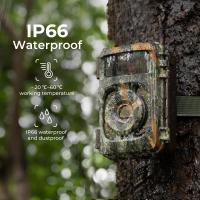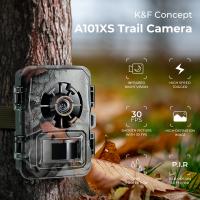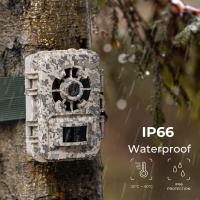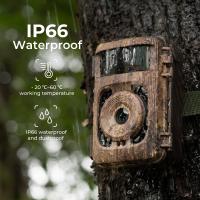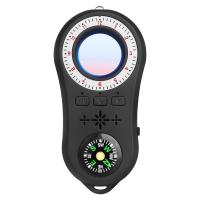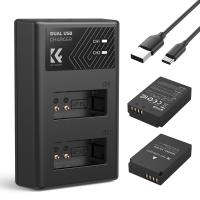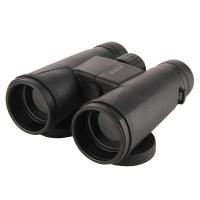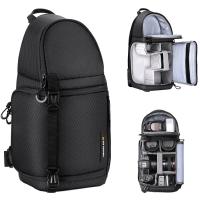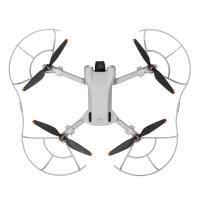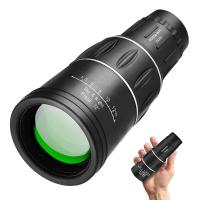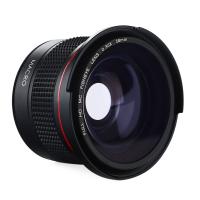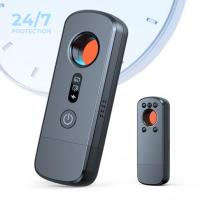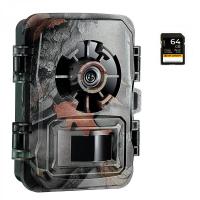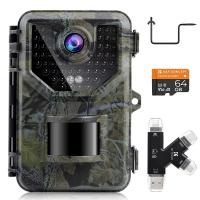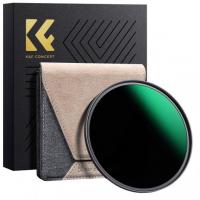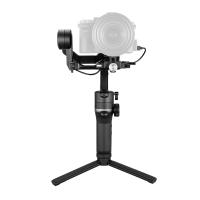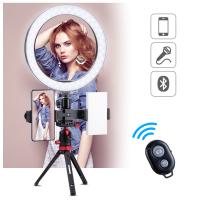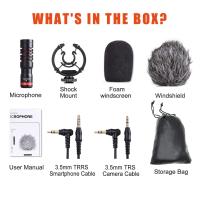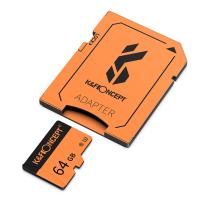How To Find Game Cameras?
Finding the right game camera, also known as a trail camera, can be a daunting task given the plethora of options available in the market. Whether you are a wildlife enthusiast, a hunter, or someone interested in home security, selecting the right game camera involves understanding your specific needs and the features that different cameras offer. In this article, we will delve into the key considerations and steps to help you find the perfect game camera for your requirements.
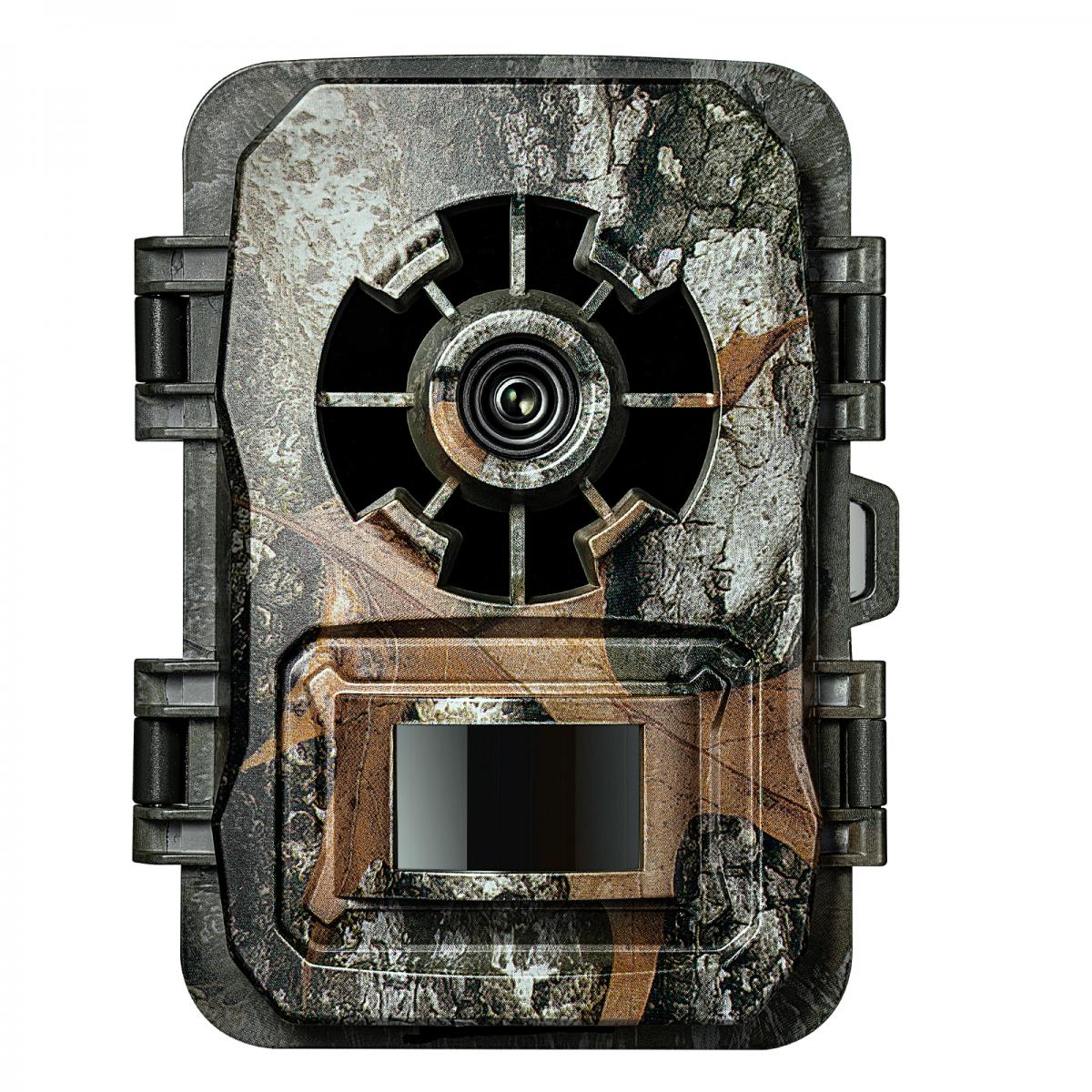
Understanding Your Needs
Before diving into the technical specifications and features of game cameras, it is crucial to identify your primary purpose for using the camera. Here are some common use cases:
1. Wildlife Monitoring: If you are a wildlife enthusiast or a researcher, you might need a camera that can capture high-quality images and videos of animals in their natural habitat.
2. Hunting: Hunters often use game cameras to track the movement of game animals. In this case, features like motion detection, night vision, and a fast trigger speed are essential.
3. Home Security: For those interested in using game cameras for home security, features like wireless connectivity, real-time alerts, and high-resolution imaging are important.
Key Features to Consider
Once you have identified your primary use case, the next step is to understand the key features that different game cameras offer. Here are some of the most important features to consider:
1. Image and Video Quality: The resolution of the camera is a critical factor. Higher resolution cameras (12MP and above) provide clearer and more detailed images. For video, look for cameras that offer at least 1080p resolution.
2. Trigger Speed and Recovery Time: Trigger speed refers to the time it takes for the camera to capture an image after detecting motion. A fast trigger speed (less than 0.5 seconds) is essential for capturing fast-moving animals. Recovery time is the duration the camera takes to reset and be ready to capture the next image. Shorter recovery times are preferable.
3. Detection Range: This is the distance at which the camera can detect motion. A longer detection range (60 feet or more) is beneficial for covering larger areas.
4. Night Vision: Infrared LEDs are used for night vision. The number and quality of these LEDs determine the clarity of night-time images. Some cameras offer no-glow or low-glow LEDs, which are less likely to spook animals.
5. Battery Life: Game cameras are often placed in remote locations, so battery life is a crucial consideration. Look for cameras that offer long battery life (6 months or more) and consider using external battery packs or solar panels for extended use.
6. Storage: Most game cameras use SD cards for storage. Ensure the camera supports high-capacity SD cards (32GB or more) to store a large number of images and videos.
7. Connectivity: Some advanced game cameras offer wireless connectivity options like Wi-Fi, Bluetooth, or cellular. These features allow you to receive real-time alerts and access images remotely.
8. Durability: The camera should be weatherproof and rugged enough to withstand harsh outdoor conditions.
Popular Game Camera Brands
Several brands are well-known for producing high-quality game cameras. Here are a few reputable brands to consider:
1. Bushnell: Known for their durable and reliable cameras, Bushnell offers a range of models suitable for different needs and budgets.
2. Browning: Browning cameras are popular among hunters for their fast trigger speeds and excellent image quality.
3. Stealth Cam: Stealth Cam offers a variety of models with advanced features like cellular connectivity and high-resolution imaging.
4. Moultrie: Moultrie cameras are known for their user-friendly interfaces and robust performance.
5. Reconyx: Reconyx cameras are on the higher end of the price spectrum but are renowned for their exceptional build quality and performance.
Steps to Find the Right Game Camera
Now that you have a good understanding of the key features and popular brands, here are the steps to find the right game camera:
1. Define Your Budget: Determine how much you are willing to spend. Game cameras can range from $50 to over $500. Higher-end models offer more advanced features, but there are also budget-friendly options that provide good performance.
2. Research and Compare: Use online resources, reviews, and comparison websites to research different models. Pay attention to user reviews and ratings to get an idea of the camera’s performance in real-world conditions.
3. Visit Local Stores: If possible, visit local outdoor or electronics stores to see the cameras in person. This can give you a better sense of the build quality and ease of use.
4. Check for Warranty and Support: Ensure the camera comes with a warranty and check the manufacturer’s customer support options. This can be important if you encounter any issues with the camera.
5. Consider Accessories: Depending on your needs, you might also need accessories like mounting brackets, security cases, or external power sources. Factor these into your budget and research.
Practical Tips for Using Game Cameras
Once you have selected and purchased your game camera, here are some practical tips for using it effectively:
1. Placement: Position the camera at the right height and angle to capture the desired area. For wildlife monitoring, place the camera at animal height. For security purposes, position it to cover entry points.
2. Regular Checks: Periodically check the camera to ensure it is functioning correctly, and replace batteries or SD cards as needed.
3. Use Multiple Cameras: If you are covering a large area, consider using multiple cameras to increase coverage and capture more activity.
4. Secure Your Camera: Use security cases and cable locks to protect your camera from theft or damage.
5. Analyze the Data: Regularly review the images and videos captured by the camera to gain insights into animal behavior or security threats.
Finding the right game camera involves understanding your specific needs, researching the key features, and comparing different models. By considering factors like image quality, trigger speed, detection range, and battery life, you can select a camera that meets your requirements. Remember to define your budget, read user reviews, and consider additional accessories to enhance your camera’s performance. With the right game camera, you can effectively monitor wildlife, track game animals, or enhance your home security.


